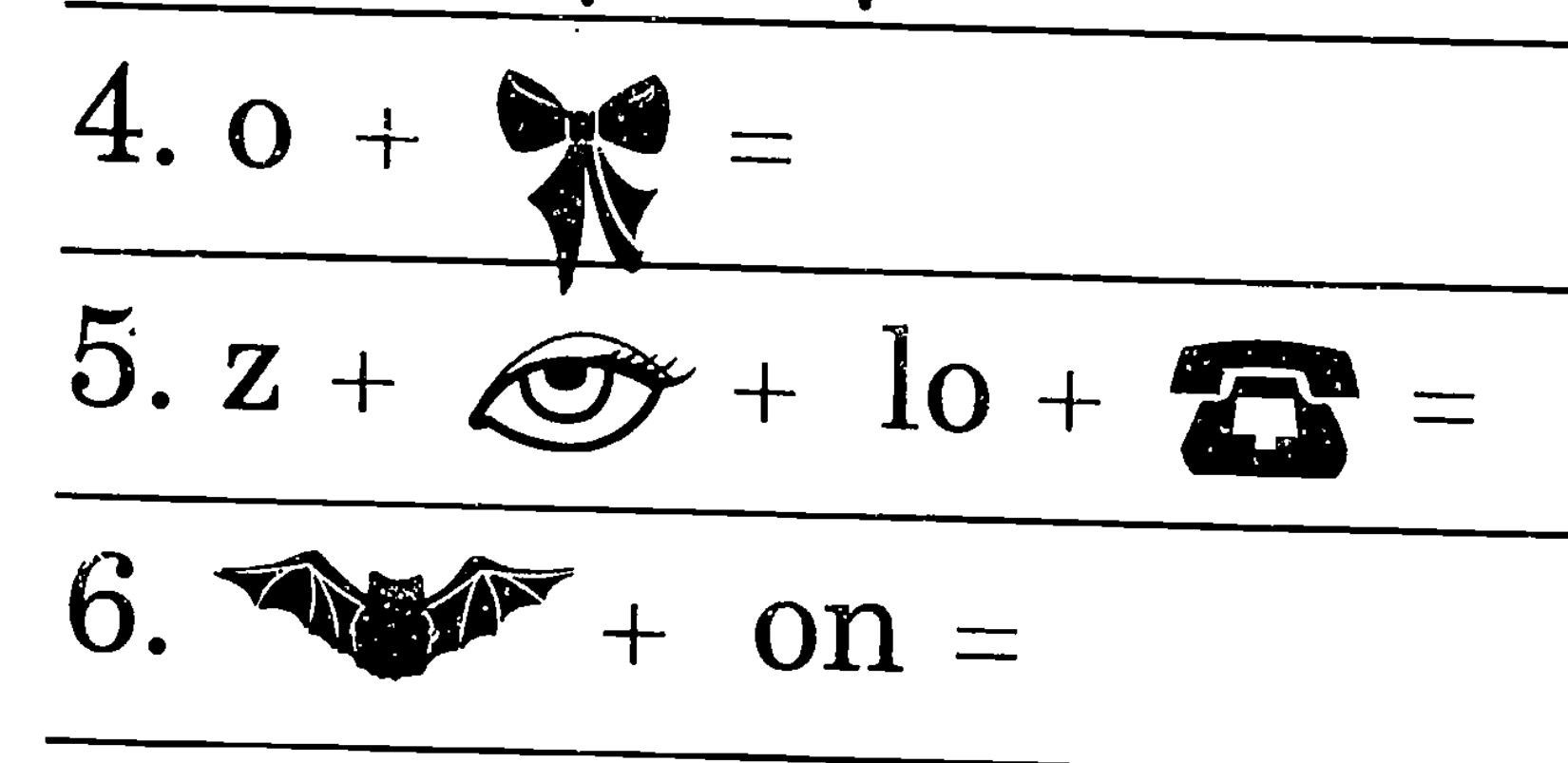“I tried one syllable words like am, art, it and off. The Egg trembled very slightly, without communicating any meaning to me.” -Leonora Carrington, The Stone Door
I am by myself. I have in front of me a disorienting booklet entitled “Clues to MEANING”. The front cover depicts three people, one young, one old, one a chef, in a tub at sea. A fish stares up at them in ecstacy or confusion from the green ocean waters. Every time I glance at it, I am powerless before the effortless and terrible mystery of the thing. It turns out I have been collecting these discarded pedagogical materials for a while now.
It is hard to do anything with these books. They serve in their delicate, pseudo-anonymous and humble way as gateways to other worlds, where rules are yet to be established and the authoritative voice has not yet become the definitive one. The cat is not yet a cat. The atmosphere is filled with methane, it is the archean age of the imagination. The thing that presumes to be a cat runs from some unidentifiable entity, past the big pile of wood—ὕλη, hyle, the ancient Greek word for the substratum of all, base matter in its proto-alchemical state. A gas-station. A disembodied leg. A forest. A box. Letters beneath each symbolic apparition, signifying something that I cannot understand.
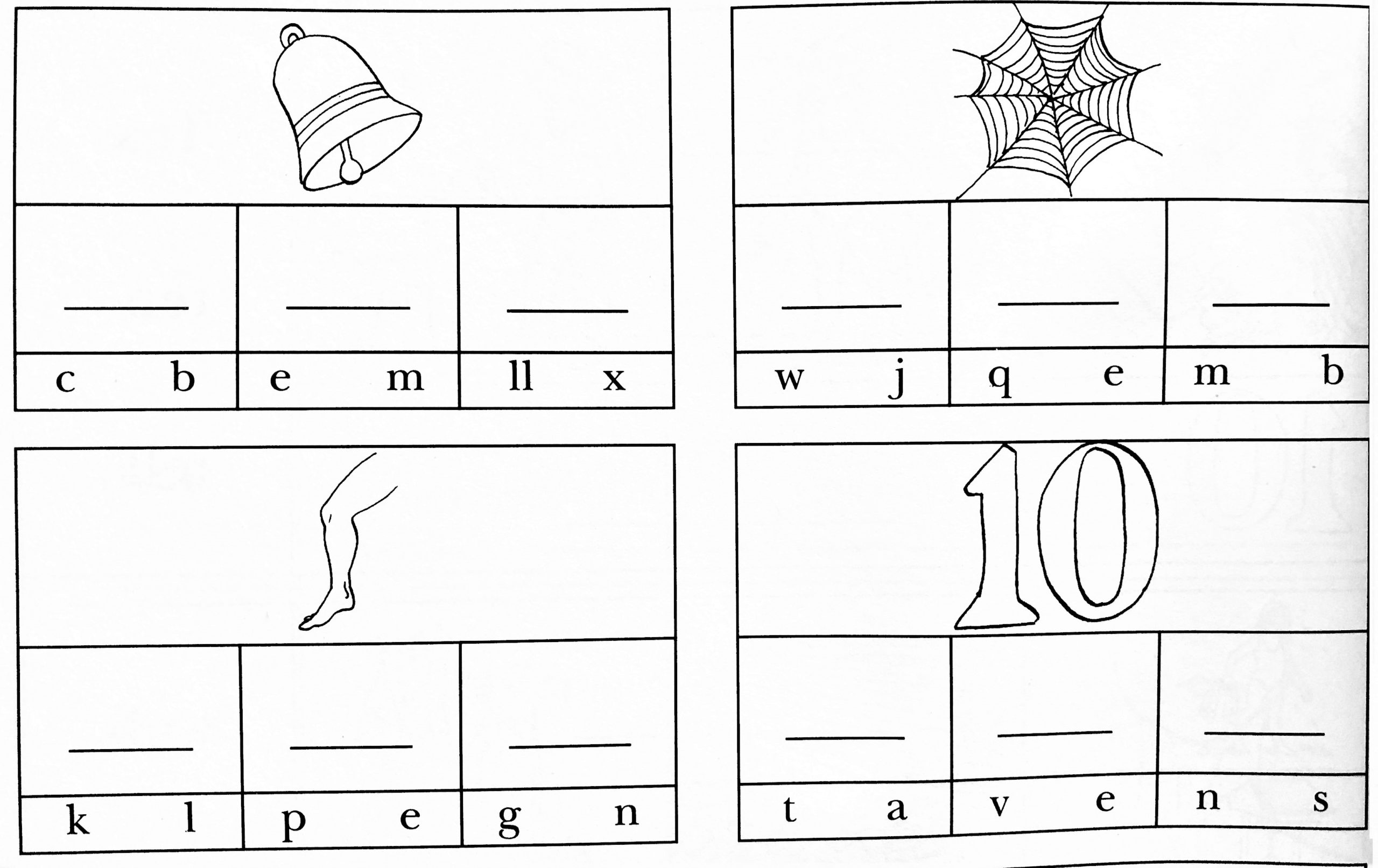
These books that taught us to learn can easily go in the other direction. They teach how to unlearn too.
I cannot contain the delight I have experienced with some of these classics. There is a strong sense of the anaesthetic, the hand-drawn simplistic and startling depiction of the forms of things, so many things, the generation and decomposition of a “base vocabulary”, an ominous parade of stark atmospherics. These are not seductive artistic enticements, these are the play things of the mind that wishes at any age to devour itself.
It is not hard to choose startling examples.
“Last Week” is the heading. A bird and an unshaven cloud with a crystalline-green bolt of lightning. “I saw things that flew”. In the corner, an androgyne with black eyes and white pupils and a crooked smile bores a hole into the eyes of the onlooker
“Lost in the closet”. We see an ominous drawing of a half-opened closet. The glimpse we get inside depicts clutter, or bodies.
“The Empty House”. An empty crib. An empty bedroom. An empty living room with a staticy TV set. Nobody is watching. An empty kitchen. An empty basement with a brute faced furnace. An empty chair with flowers in a vase nearby.
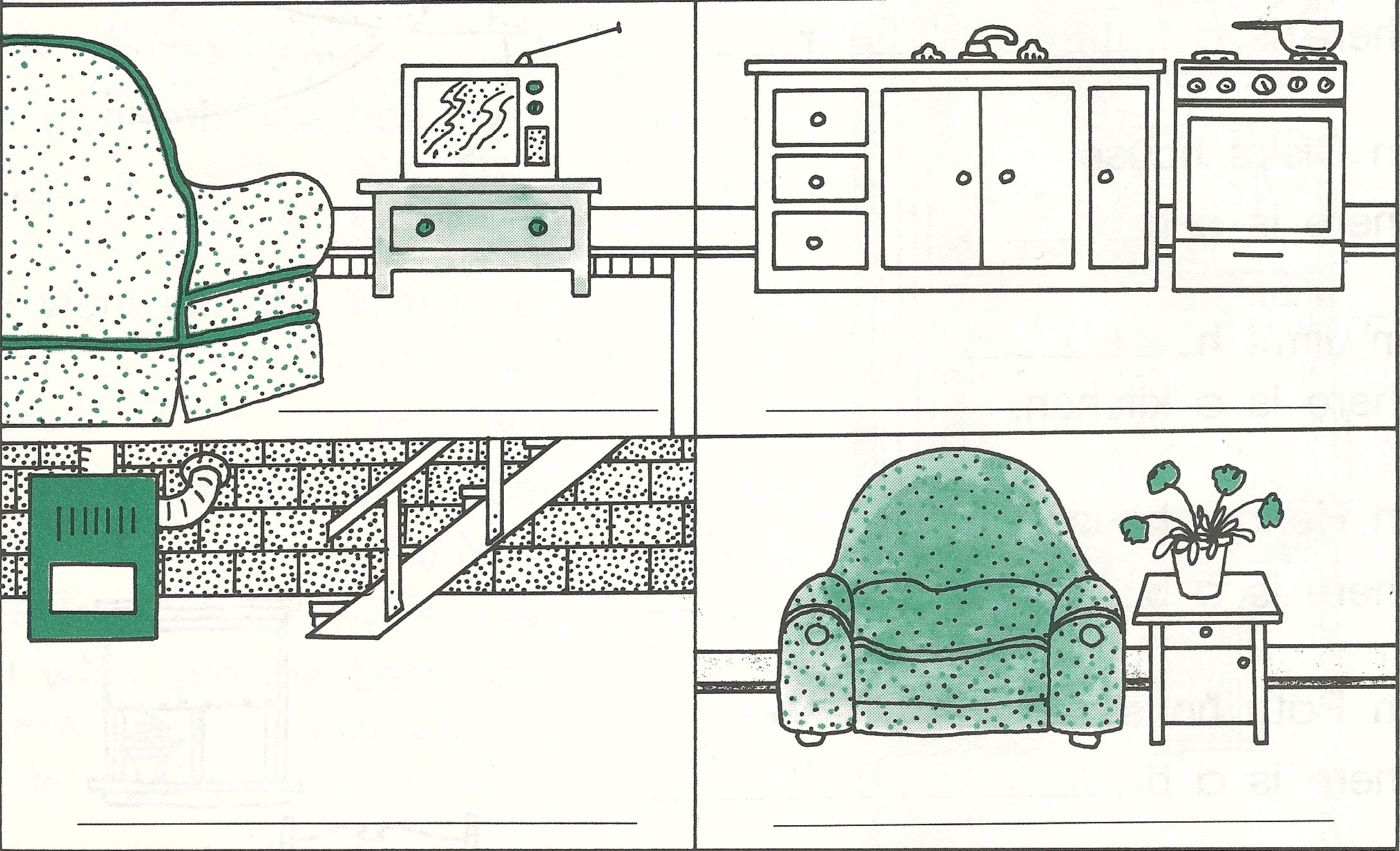
And “my room?” The rectangle is completely blank.
What temptation is here? Why do they bury the works of art and civilization in the stark white light of the sinister imperative to learn? It is a freak impulse to impose pattern recognition by defining so unaesthetically the platonic outlines of things that sew and things that guard against rain and platforms where limbs are re-attached. We see them but do not know their names, what they are.
We are invited to name them.
We are invited to confound the sphinx with more riddles. We are not here to redraw apples and breasts nor to describe our emotions in terms of those “known” things. Art and letters have become largely the propaganda departments for the realm of the known, enforcing expectations, outlining regularities and soothing the shocked souls who might have mistakenly gone outside the recommended guard-rails. This is why they are a priori boring.
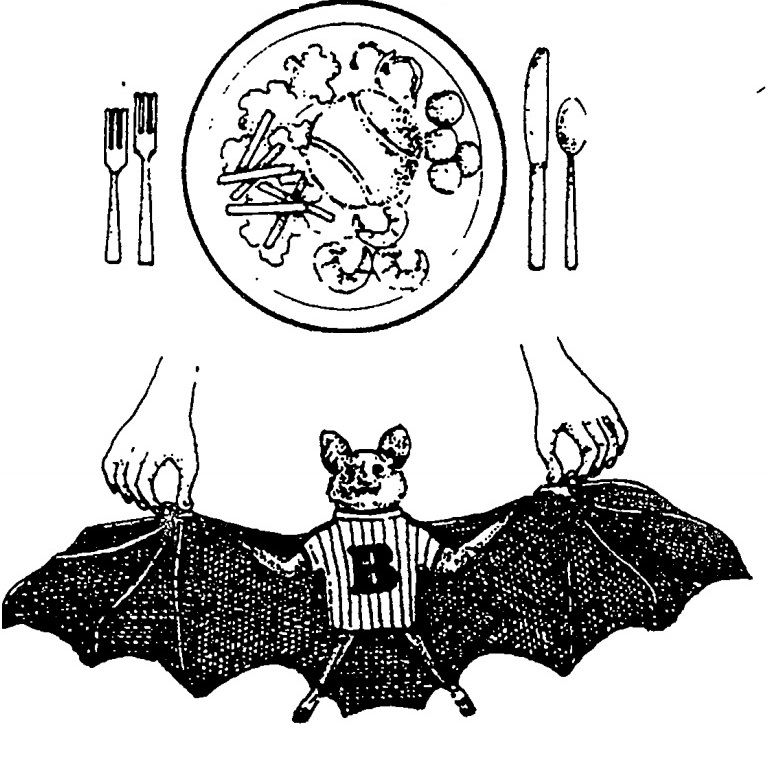
Paradoxically, and amusingly, the treatment we receive at the hands of these pedagogical instruments are much more open and respectful. It is not without a certain degree of acquiescence that a child is led along the long con of learning. At first, when they are at their most resistant, most independent and their strongest, they must be coaxed with open-ended and simple tasks. The possibility for unexpected answers, strange arrangements and striking misinterpretations are so high that it charges everything with a certain electricity. Like a metaphysical still-life from de Chirico, entities are anonymous and ambiguous and the architecture is rigorous—in expectation and fear of the introduction of some calamitous decomposing force.
Those who can savour the danger and feel it is not worth attempting anything with literature in comparison with the dizzying euphoria of drawing out that black beast with sharp ears and no eyes form a special bond with the basic elements of poetry. We are far away in a nightmare. We are discovering, so far from the egoist enumeration of personal doubts or character-based masochism, the hand-wringing joy of objective temptation without forethought.
The toy gun is aimed at the moon.
-Jason Abdelhadi
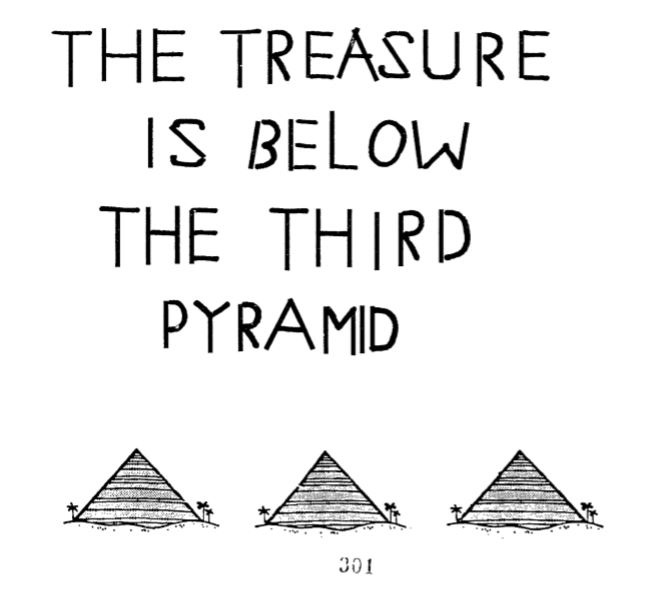
P.S. For collective games involving similar materials, see also the Ottawa Surrealist Group Inquiry into Infantilism
